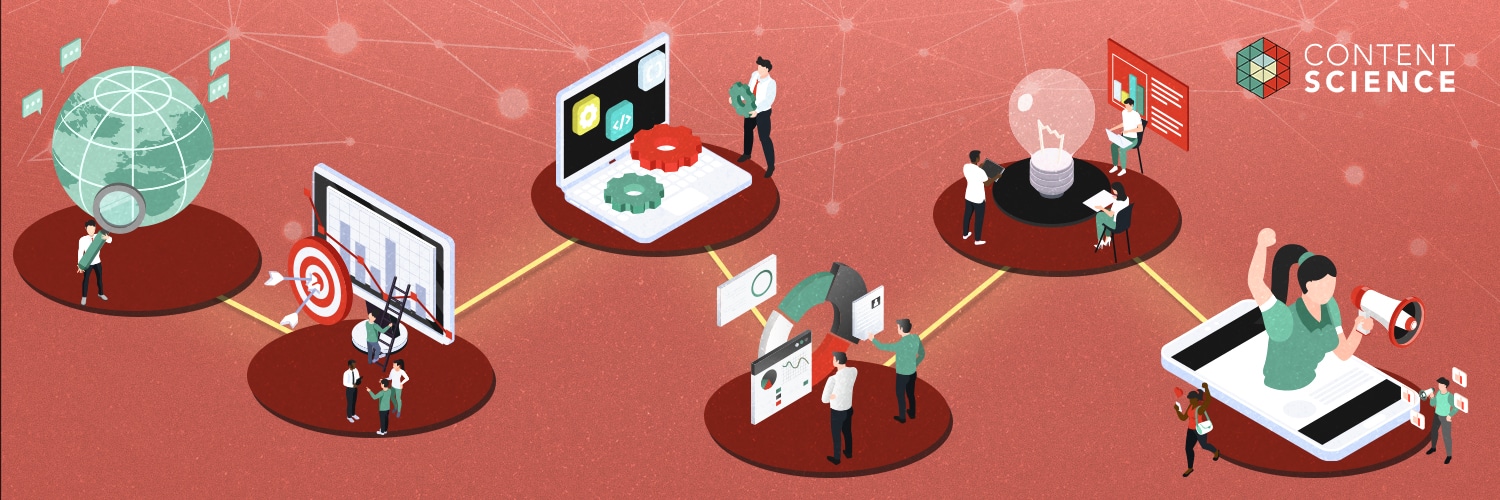
Every organization today is a publisher. From websites and apps to social platforms and emails, content is the backbone of how companies connect with customers, employees, and partners. But sheer volume isn’t the challenge anymore. The real question is: how do we know whether our content is working?
That’s where the concept of content effectiveness comes in.
What Is a Definition of Content Effectiveness?
In The Content Advantage, I define it like this:
Content effectiveness is the ability of content to enable your customers or users to achieve goals—while also achieving your organization’s goals.
It’s not enough for content to exist, to be polished, or even to generate clicks. Truly effective content aligns what people need—answers, reassurance, guidance, or inspiration—with what the organization needs—sales, efficiency, loyalty, or reputation.
In other words, effective content is useful to your audience and valuable to your business.
What Are the Six Dimensions of Content Effectiveness?
1. Discovery: Can People Find It?
If people can’t find your content, the rest doesn’t matter. Discovery includes everything from search engine optimization to internal navigation, tagging, and taxonomy. Poor discovery frustrates users and undermines trust. Strong discovery makes content feel “just in time,” empowering people to continue their journey with confidence.
Example: When the Centers for Disease Control redesigned its Travelers’ Health site, careful attention to how users searched and navigated made vital health information more accessible at the right moment.
2. Accuracy: Is It Trustworthy?
Accuracy is more than fact-checking. It’s about maintaining credibility by keeping content up-to-date and reliable. Errors or outdated details erode trust quickly—and in high-stakes industries like healthcare or finance, they can carry legal or reputational risks. And maintaining credibility is crucial in our current era of misinformation.
Example: REI builds credibility around sustainability claims by providing evidence, such as purchasing carbon credits from respected organizations.
3. Polish: Does It Look and Feel High Quality?
Even if information is accurate, sloppy presentation undermines it. Polish encompasses design, formatting, tone, and overall execution. People judge quality not only by what content says, but also how it looks and feels.
Polished content signals professionalism and builds confidence, while unpolished content—typos, broken links, poor layout—suggests the opposite.
4. Relevance: Does It Meet Audience Needs?
Relevance ensures that the right content reaches the right people at the right time. This is where segmentation, personalization, and contextual awareness matter. Without relevance, even accurate and polished content falls flat.
Example: Salesforce frequently frames its small business offerings around growth, a term that resonates more positively than “scaling,” even though both imply expansion.
5. Usefulness: Does It Help People Get Things Done?
Usefulness is the practical heart of content effectiveness. It’s about anticipating needs and enabling people to act—whether that means completing a task, making a decision, or solving a problem.
Useful content doesn’t just answer questions; it guides, teaches, or empowers. A how-to video, a troubleshooting guide, or a clear onboarding email can save time, reduce frustration, and strengthen loyalty.
Example: Autotrader doesn’t just list cars. It offers reviews, expert opinions, and research tools that help people make one of their biggest purchasing decisions with confidence.
6. Influence: Does It Inspire Action or Change?
Influence is the highest-order dimension: content that doesn’t just inform but persuades. Drawing on centuries of rhetorical and psychological principles, Jones emphasizes three timeless appeals:
- Credibility (ethos): Why should people trust you? Credibility is earned through expertise, recognition, partnerships, and consistency.
- Logic (logos): Does your argument hold up? Claims need to make sense. And they need evidence—facts, testimonials, data visualizations—that users recognize as valid.
- Emotion (pathos): Does your content move people? Tone, imagery, sensory detail, and storytelling all evoke feelings that inspire action.
Influence also depends on identification—finding common ground so people see themselves in your message. Storytelling, user-generated content, and cause-driven narratives can strengthen that bond.
Example: REI’s #OptOutside campaign reframed Black Friday from a shopping frenzy into an outdoor movement. By aligning with its customers’ values, REI transformed content into a cause—and influence into loyalty.
Why Does Content Effectiveness Matter?
Content that fails on one or more of these dimensions doesn’t just waste resources—it damages trust, loyalty, and brand reputation. In contrast, content that performs across all six dimensions of effectiveness:
- Reduces friction in customer and employee journeys.
- Builds credibility and authority.
- Inspires action and strengthens loyalty.
- Proves the value of content operations to the organization.
In other words, content effectiveness turns content into a true strategic asset.
How Is AI Making an Impact on Content Effectiveness?
Artificial intelligence (AI) is transforming content creation, delivery, and measurement. But AI makes planning for, tracking, and governing the six dimensions even more important.
- Discovery: AI-driven search and recommendations can boost findability—but only if metadata and governance are strong.
- Accuracy: Generative AI risks producing misinformation at scale, making human oversight and fact-checking critical.
- Polish: AI can speed formatting and design, but rushed automation can also introduce sloppiness.
- Relevance: AI personalization engines can tailor experiences in real time—yet without data ethics, relevance becomes creepy.
- Usefulness: AI-powered assistants can anticipate needs and guide tasks, but they must be designed around genuine user goals.
- Influence: Synthetic voices and AI-generated persuasion raise questions about authenticity. Audiences may resist content that feels manipulative or inauthentic.
The organizations that thrive won’t be those that use AI to churn out more content, but those that apply AI within a disciplined content effectiveness framework.
In Summary
Content effectiveness is the new standard for digital trust and impact. Defined by six dimensions—discovery, accuracy, polish, relevance, usefulness, and influence—it offers a clear lens for evaluating whether content is not just present, but powerful.
As AI accelerates production and personalization, organizations that prioritize effectiveness will stand apart. They’ll earn trust, drive meaningful action, and prove content’s value as a strategic asset.
Because in the end, effective content isn’t about creating more—it’s about creating what truly works.
Events, Resources, + More
The Ultimate Guide to End-to-End Content
Discover why + how an end-to-end approach is critical in the age of AI with this comprehensive white paper.
The Content Advantage Book
The much-anticipated third edition of the highly rated book by Colleen Jones is available at book retailers worldwide. Learn more!
20 Signs of a Content Problem in a High-Stakes Initiative
Use this white paper to diagnose the problem so you can achieve the right solution faster.
Upskill with Content Science Academy
Training for modern content roles through on-demand certifications + courses or live workshops.



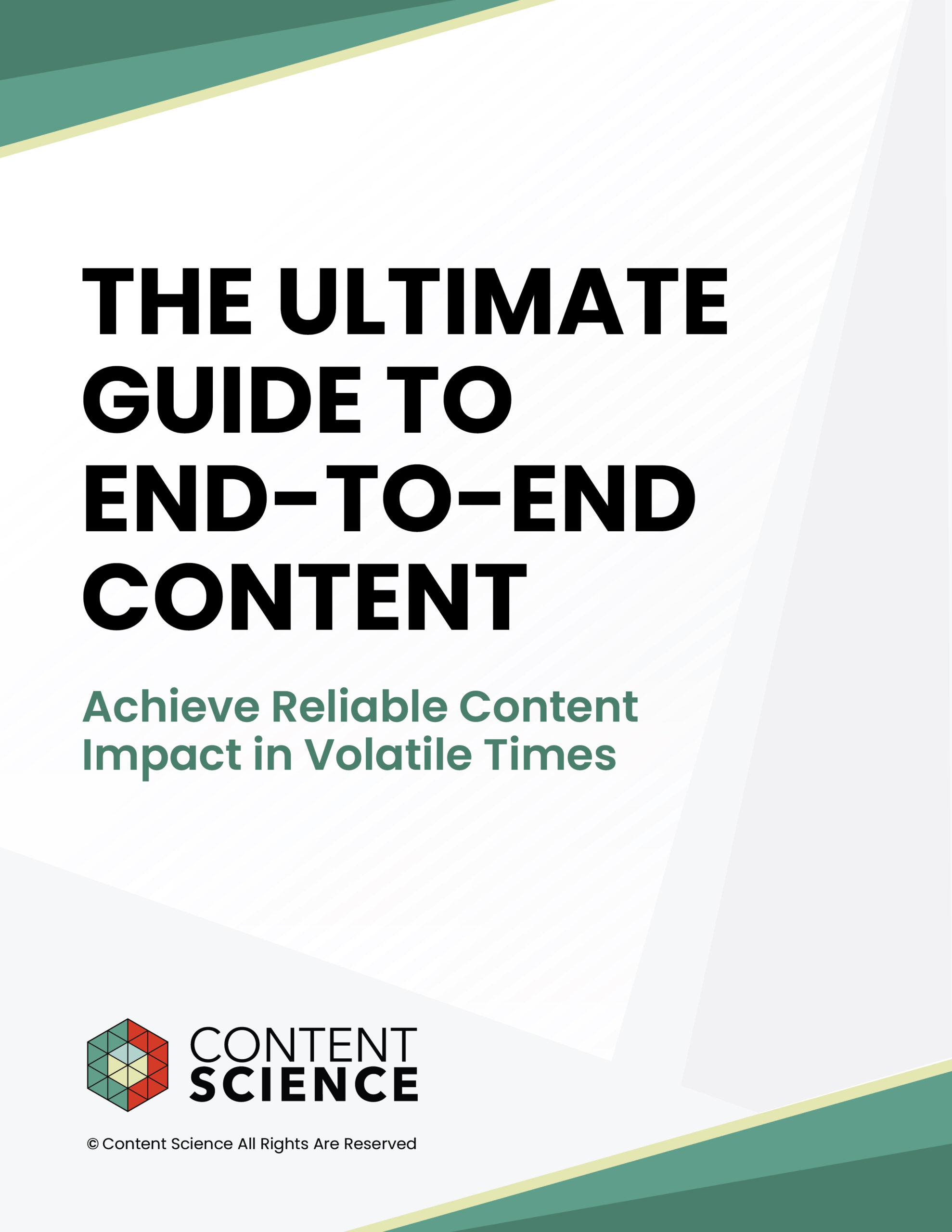
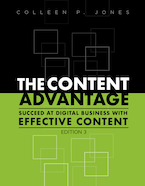
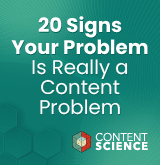
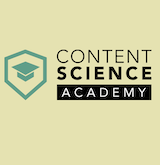
Comments
We invite you to share your perspective in a constructive way. To comment, please sign in or register. Our moderating team will review all comments and may edit them for clarity. Our team also may delete comments that are off-topic or disrespectful. All postings become the property of
Content Science Review.